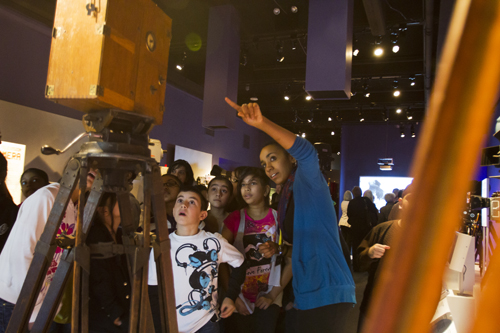
パーツ 1 映画シリーズの教育の
昨年, アストリアの動画像の博物館, ニューヨークソー 50,000 学生と 5,000 から教師 13 異なる状態と 12 異なった国は、その扉を歩きます — 学校グループの出席のほぼ3倍の増加から 2001.
一方で、動画像の博物館 (米国で唯一の博物館では、芸術を探求に専念します, 動画の歴史と技術) 成長が急速な拡大に認定し、革新的なことができると考えています, 刃先プログラミング, それはまた、21世紀の技術革命がそれらを作成して動画や関心の国民の意識を大幅に増加していると考えています. その結果、より多くの教育者が芸術のカリキュラムの一環として、フィルムを含めたいということです.
いくつかの 95 十代の若者の割合, 12-17, インターネットを利用, が実施した調査によると ピューリサーチセンターのインターネット & アメリカン・ライフ・プロジェクト 中に 2011. その研究では, 27 十代の若者の割合, 12-17, インターネットに動画を記録してアップロード. で行われ、本研究と1の間の大きな違い 2006 オンライン女の子がオンライン男の子として動画をアップロードするには、同じように可能性が高いこれらの日であるということです. 私はすべてを話した高校生のサンプルでは、緑色の画面が何であるかを知っていました, その多くは、彼らが作成できるようになりまし比較的安価なソフトウェアを使用していた私に確認しました, 強化し、画像を操作. デジタルツールは、子供たちが自分自身を表現する方法に革命をもたらしてきたし、道の映画は、今行われています. “今日, 多くの子供たちは、自分のモバイルデバイスでビデオを編集しています,” クリストファーWisniewskiのは説明します, 動画の博物館で教育次長. “彼らは、概念を理解します. プロの編集者が、ある時点で、現場から離れてカットする理由彼らは必ずしも理解していません, または彼または彼女の編集のペースを変更, または特定の遷移を使用. ますます, 目標は、行われた各決定は、製品にどのように影響するかの豊かな理解にツールとプロセスの基本的な知識の間のギャップを埋めることです — そして観客。”
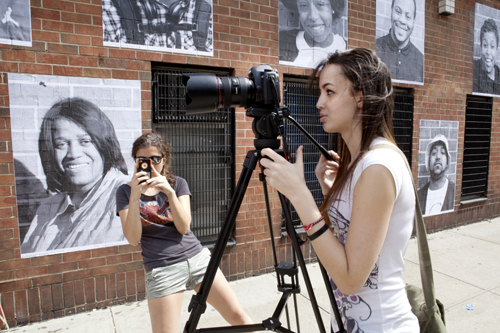
10月には 2009, メディア&エンターテインメントとトライベッカ映画のブルームバーグ市長の事務所との間のパートナーシップは、芸術教育と学習のための最初の青写真の作成の結果: 動画像. 教育省によると、, およそ表す百人の教師 60 映画とメディアプログラムの範囲を持つ学校は、動画像の青写真のトレーニングやサポートに参加してきたので、. 学校は幼稚園へのグレードを表します 12, だけでなく、特別支援学校. 私は、ベスジャンソンを尋ねました, トライベッカ映画協会のエグゼクティブディレクター, ポール·キング, エグゼクティブアーツ学部の教育のオフィスのディレクターと特別プロジェクト, そして、クリスWisniewskiの, 動画の博物館で教育次長, 彼らの洞察を共有します, フィルムの学生を教育するとき、彼らが直面する課題のいくつかを含みます.
ベス, あなたは子供たちが、動画教育から得るために何をしたいですか?
トライベッカ・フィルム・インスティテュート (TFI) 青少年教育プログラムは、物語を通して芸術作品を作成するために、学生に知識とツールを提供します – それの思いやりのクリエーターやデザイナーへのメディアの受動的な消費者からそれらを変換します. 技術の急速なシフト付き, 学生は多くの場合、コンピュータやモバイルデバイスとさまざまなインターネットチャネルや日々の参画を通じて非公式メディアプロデューサーとして学校に到着します. これを知ります, 我々は、彼らが毎日に直面しているメディアメッセージについてどのように考えるかを再検討する生徒に挑戦します, その過程で, 社会的、文化的な違いを埋めることができます学習経験を作成します, そして、学生の間でコミュニティの感覚を作成します. 動画教育もキャリアや大学の準備のための学生の準備に不可欠です, そして、私たちは、学生が自分の将来の成功に最も重要になる技術スキルで流暢開発を支援したいと考えています.
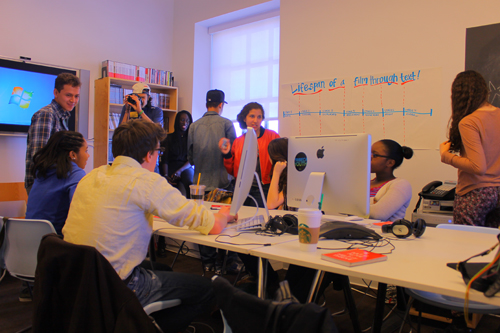
カリキュラムに組み込まれている重要な要素は何でした?
青写真のカリキュラムは、ステップバイステップの指示を提供するために開発されていませんでした, ではなく、発達のガイドラインを提供するために, 教師が教室のスキルレベルにこれらの概念をカスタマイズすることができます経験や学習リソースを提案, 関心や利用可能な材料.
どのように学生は、このカリキュラムで評価されています?
生徒と教師の両方が批判的思考の改善を測定する前と後のプログラムの評価を完了するように要求されています, 連絡, チームワークやスキル獲得. おそらく、これらのプログラムの多くの成功の最善の策は学生です’ 最終的なプロジェクト – they really demonstrate how well students are grasping concepts and making the stories their own.
What is your vision for ongoing film education in educational institutions in the next 5 へ 10 年?
TFI sees the role of film expanding and heightening in purpose and scope. In addition to traditional filmmaking models, as the Internet’s importance increases in student’s lives, there will be a shift towards producing for web spaces and teaching new media skills, including coding and programming. This fall, TFI is piloting three programs that integrate this technology with filmmaking at the elementary, middle and high school levels.
さらに, filmmaking as a medium is expanding in its accessibility through smart phones, and computer-based and Internet-based production tools. Harnessing this student interest and widespread availability of technology, TFI is piloting programs in informal learning spaces in order to meet students outside of the traditional learning track. These spaces include correctional facilities, transfer schools and community organizations, making the instruction of film and new media available to all students, regardless of life circumstance, academic prowess and economic conditions.
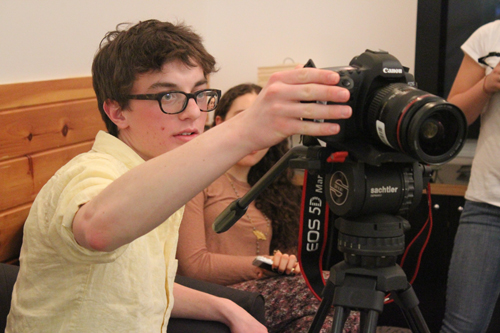
クリス, a changing curriculum requires professional development for teachers in the education system. How has the Museum of the Moving Image contributed to teacher training?
Teacher training has been an essential aspect of what we have done since the Museum’s founding. Outside of media education programs, few teachers have formal training in media production or media studies, but they realize how powerful a tool the moving image can be for teaching and learning. For over twenty years, we have been helping teachers across curricular areas to build the comfort level and expertise they need to bring the moving image into their classrooms.
I also suspect that because young people are so savvy when it comes to media and technology, their teachers might worry about using media in class. It can be quite unsettling for teachers to feel that their students are more adept and have a deeper skill set than they do, so that confidence building is an important part of teacher training.
With the rollout of the Blueprint, we have three teacher training workshops for media instructors. Those workshops were a part of a series that has been developed in collaboration with the Department of Education (DOE), TFI, the Mayor’s Office for Media and Entertainment, and other cultural partners. It’s important for us at the Museum to make certain that the cohort of educators working to adopt the Blueprint knows about the Museum and its resources, and to help create a forum where educators can share their ideas with one another. Educators are often looking for more technical training, but in these workshops, we have tried to emphasize the broader pedagogical challenges of teaching young people how to make media, particularly in the classroom.
ポール, what is the Department of Education’s vision for a moving images program over the next 5 年?
Given that students are increasing facile and familiar with media and creating their own media pieces, we want to provide teachers and school leaders with the content and expertise that they need to assist students to make informed decisions about their own work and the vast amounts of media they encounter.
Creation of original films and animation allows students to have a distinct and powerful voice that honors their own opinions and allows them to explore other points of view and cultures. We aim to assist them in doing this in a responsible and critical manner.
As media programs continue to be developed in New York City Department of Education schools, we will support school-based programs and cultural partners in this work with the goal of increased student media opportunities and ongoing training for teachers.
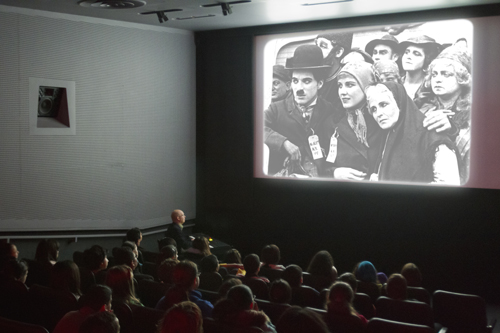
Photos courtesy of the Museum of the Moving Image and the Tribeca Film Institute.
映画シリーズの教育におけるその他の資料については、: こちらをクリック
私はnの教育のためのグローバル検索, サー·マイケル·バーバー含め私に参加し、世界的に有名なオピニオンリーダー (英国), DR. マイケル·ブロック (米国), DR. レオンBotstein (米国), 教授クレイ·クリステンセン (米国), DR. リンダダーリング·ハモンド (米国), DR. マダブチャバン (インド), 教授マイケルFullan (カナダ), 教授ハワード·ガードナー (米国), 教授アンディ·ハーグリーブス (英国), 教授イヴォンヌヘルマン (オランダ), 教授クリスティンHelstad (ノルウェー), ジャンヘンドリクソン (米国), 教授ローズHipkins (ニュージーランド), 教授コーネリアHoogland (カナダ), 夫人. シャンタルカウフマン (ベルギー), DR. エイヤKauppinen (フィンランド), 国務長官タピオKosunen (フィンランド), 教授ドミニクラフォンテーヌ (ベルギー), 教授ヒューローダー (英国), 教授ベン·レビン (カナダ), 教授バリー·98名 (オーストラリア), シヴナダール (インド), 教授R. Natarajan (インド), DR. PAK NG (シンガポール), DR. デニス教皇 (米国), Sridhar Rajagopalan (インド), DR. ダイアンRavitch (米国), サー·ケン·ロビンソン (英国), 教授パシSahlberg (フィンランド), アンドレアス·シュライヒャー (PISA, OECD), DR. アンソニー·セルドン (英国), DR. デビッド·シェーファー (米国), DR. キルスティン没入Areの (ノルウェー), 首相スティーブン·スパーン (米国), イヴTheze (リセ·フランセ·米国), 教授チャールズUngerleider (カナダ), 教授トニーワーグナー (米国), デイヴィッド·ワトソン (英国), 教授ディランウィリアム (英国), DR. マークWormald (英国), 教授テオWubbels (オランダ), 教授マイケル·ヤング (英国), 教授Minxuan張 (中国) 彼らは、すべての国が今日直面している大きな絵教育問題を探るように. 教育コミュニティページのためのグローバル検索
C言語. M. ルービンは彼女が受け取った2つの広く読まれているオンラインシリーズの著者である 2011 アプトン·シンクレア賞, “教育のためのグローバル検索” そして “私たちはどのように読み込みます?” 彼女はまた、3冊のベストセラーの著者である, 含めて 不思議の国のアリスリアル.


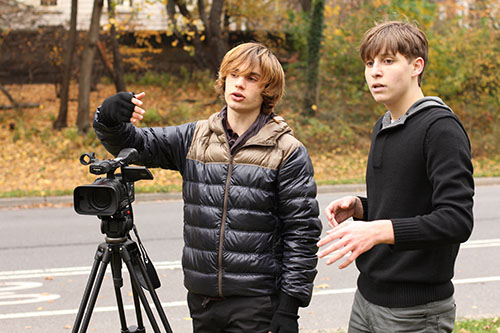
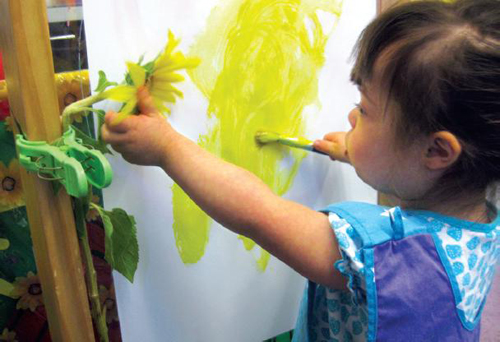

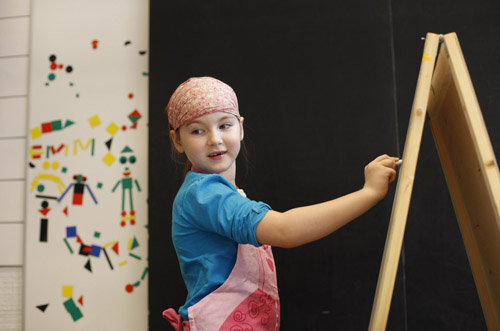
最近のコメント